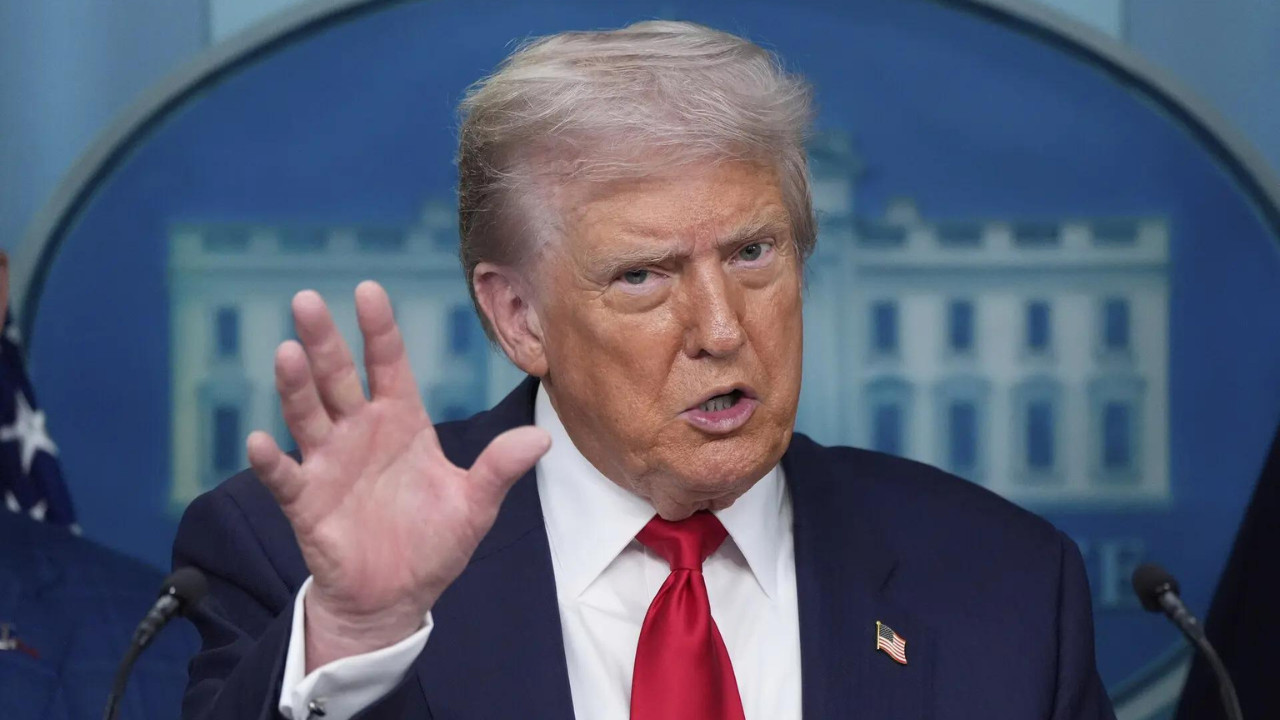President Trump has extended the trade truce with China for 90 days, delaying tariff escalations and export controls. This extension aims to provide more time for Washington and Beijing to resolve trade disputes and potentially arrange a summit between Trump and Xi Jinping later this year. While negotiations continue, analysts remain cautious about the prospects for a final deal.
Tariff Truce Extended: Is a US-China Trade Deal Finally on the Horizon?
For months, the economic world has held its breath, watching the ebb and flow of the US-China trade relationship. The stakes are high, influencing everything from global supply chains to the price of everyday goods. Now, there’s a collective sigh of cautious optimism in the air. The US has decided to extend its tariff truce with China for another 90 days, hinting at a potential meeting between President Biden and President Xi Jinping. Could this be the breakthrough everyone has been waiting for?
The initial tariffs, imposed under the Trump administration, aimed to address what the US considered unfair trade practices by China. These included concerns about intellectual property theft, forced technology transfer, and the massive trade imbalance between the two nations. China retaliated with its own tariffs, leading to a protracted and often tense back-and-forth that sent ripples throughout the global economy. Businesses scrambled to adjust, consumers felt the pinch of higher prices, and uncertainty became the defining characteristic of the international trade landscape.
The pause in escalating tariffs offers a much-needed period of stability. This extension suggests that both sides recognize the mutual benefits of de-escalation. It buys time for continued negotiations, providing a window of opportunity to bridge the remaining gaps and address the underlying issues fueling the trade friction. This isn’t simply about removing tariffs; it’s about establishing a more sustainable and equitable trade relationship for the long term.
What’s Driving the Extension of the China Tariff Truce?
Several factors are likely contributing to this extension. Firstly, the global economic climate remains fragile. High inflation, rising interest rates, and the ongoing war in Ukraine have created significant headwinds. A full-blown trade war between the US and China would only exacerbate these challenges, potentially pushing the global economy into recession.
Secondly, both countries face domestic pressures. The US is grappling with inflation and the upcoming presidential election. A protracted trade war would likely hurt the US economy and could become a political liability. China, on the other hand, is dealing with its own economic slowdown, particularly in the real estate sector. A stable trade relationship with the US is crucial for maintaining economic growth and social stability.
Finally, diplomatic efforts seem to be gaining traction. High-level talks between US and Chinese officials have been ongoing, and both sides have expressed a willingness to find common ground. The potential for a summit between President Biden and President Xi Jinping would be a significant step forward, signaling a commitment to resolving the trade dispute at the highest level.

The Road Ahead: Challenges and Opportunities
While the tariff truce extension is a positive sign, significant challenges remain. Deep-seated disagreements persist on issues such as intellectual property protection, market access, and state-owned enterprises. Finding a solution that satisfies both sides will require compromise and a willingness to address these core concerns.
Furthermore, domestic political considerations could complicate the negotiation process. In the US, there’s bipartisan pressure to take a tough stance on China. Any agreement that is perceived as too lenient could face criticism from both Republicans and Democrats. Similarly, in China, there’s a strong emphasis on protecting national interests and maintaining sovereignty.
Despite these challenges, the potential benefits of a trade deal are substantial. A stable and predictable trade relationship would boost global economic growth, reduce inflation, and create new opportunities for businesses and consumers in both countries. It would also help to strengthen global supply chains and promote greater stability in the international trading system.
A resolution could also pave the way for cooperation on other critical global issues, such as climate change, pandemic preparedness, and nuclear non-proliferation. The US and China are the world’s two largest economies, and their collaboration is essential for addressing these shared challenges. Looking forward, it is essential to watch for changes in US trade relations with China. You can read more about the latest news on trade relations and tariffs [here](internal-link-to-trade-relations-article).
A Delicate Balance: Is a Full Resolution Possible?
The extension of the China tariff truce marks a critical juncture in the US-China trade relationship. Whether this pause leads to a lasting resolution remains to be seen, but the potential rewards of a successful agreement are undeniable. The next 90 days will be crucial. Both sides must use this time wisely to bridge their differences and build a foundation for a more stable and mutually beneficial trade relationship. The world is watching, hoping that this is the beginning of the end of the trade war and the dawn of a new era of cooperation.







